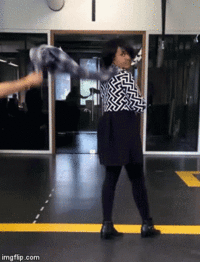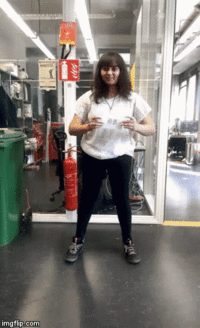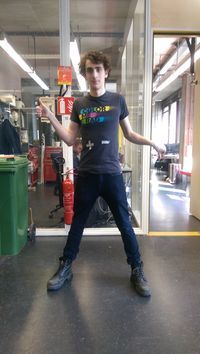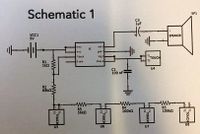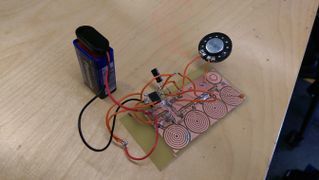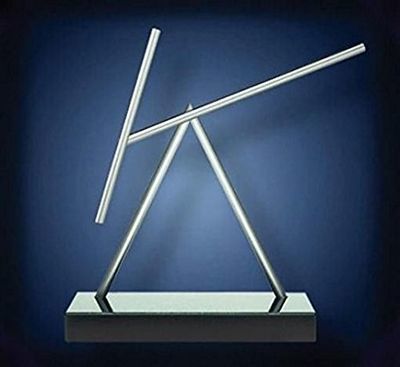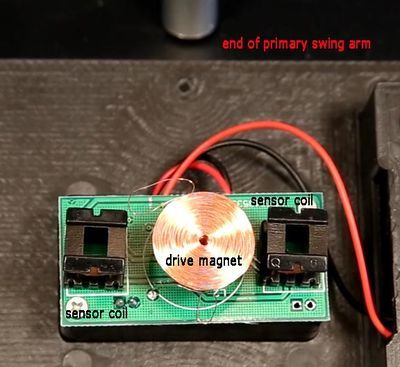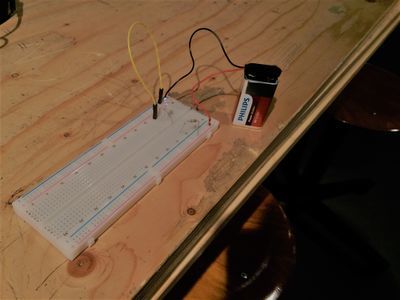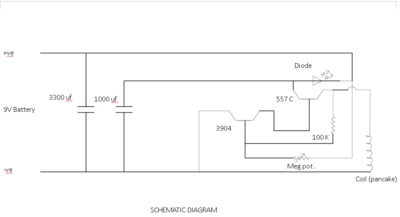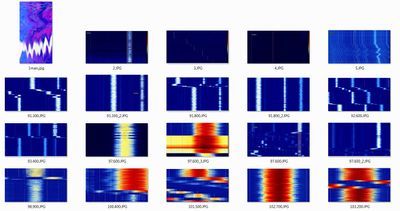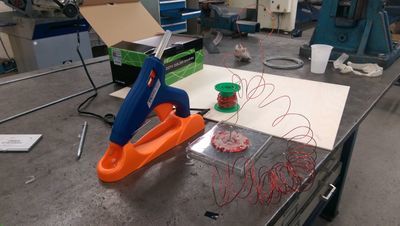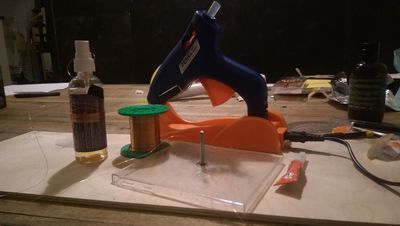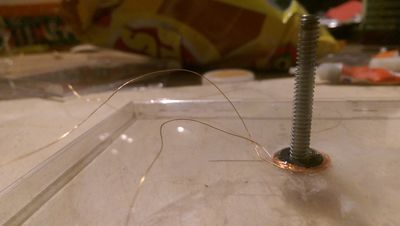User:Sneha Arvind
WORK IN PROGRESS!! (as of 2:56pm on 22 - 06 - 2017)
Name : Sneha Arvind Email : 0941442@hr.nl
Department - Spatial Design \ Q8
Contents
Group Exercise
Group Members - Sneha Arvind Shipra Balasubramani Mirdu Jhangiani Niko Arranz Aayushi Katare
In this exercise, each group had to present a concept learnt on that day in a creative way with an aim to break it down for students to understand. Our group presented the influence of a 'resistor' on the working of a circuit. In the absence of the resistor, the bulb of the circuit fuses due to excess current flowing through the circuit. The excess current results in heating. In the presence of the resistor, current is regulated thus making the bulb glow. The other elements of the circuit include Shipra as the resistor, Aayushi as the key, Niko as the battery, Mridu as the electrons in motion and myself, Sneha as the bulb.
And sadly, I do not have a photo of myself (the bulb).
LABS
Lab 1
In this lab, we learnt how to measure and record CURRENT, RESISTANCE and VOlTAGE. In addition, some other topics covered included 'Effect on voltage and current in series and parallel arrangements' and 'learning how to use a breadboard'.
As I was on a class trip to Copenhagen on this day, I could not attend this lab. However, I learnt how to use a breadboard on my own and used it for my individual project. (Refer to 'Process' pictures) I have been exposed to the other basics taught in high school.
Lab2
Principle - The voltage at the different resistors gets converted to sound
Process
1. Etch the schematic diagram onto the copper plate. For this, I printed the schematic diagram onto the copper place first and then dipped it in acid to get etched.Time duration included 1 1/2 hours.
2. Once our schematic drawing was etched on the copper plate. Schematic 1 diagram was followed to fix the components of the circuit. This was a rather intricate process considering the size of the components and my skill(first timer).
Result
The sound produced by the board was different. The gradation in sound was absent. The sound produced would play if you place your finger on the touchpad and would pause if any of the other touch pads on the circuit were touched. The outcome was 'reversed'.
***I tried uploading a video of it didn't work. To see a video of my circuit, please visit my Youtube Channel 'Sneha Arvind'***
Personal Project
KINETIC SCULPTURES
Kinetic Art and Sculptures have always been a thing of interest for me. I find them very intriguing and mesmerizing. The suspense behind any kinetic sculpture and the illusion it creates is what I find most intriguing.
For my personal project for Digital Crafts, I decided to finally quench my curiosity and 'decode' a popular kinetic sculpture known as The Swinging Stick Sculpture.
The Swinging Stick Pendulum
Construction
The Swinging Stick Sculpture gained its popularity after being featured in the movie, Iron Man 2. It consists of three members, all three connected to each other with bearings and shafts. Two of them are free to rotate while one is fixed to the base.
Product Dimensions - 16.2 x 10.5 x 3.8 inches
The original sculpture is made of aluminium pipes. Aluminum is a non-magnetic metal, the interaction is mainly between the magnets attached and the electromagnet. The base comes in a variety of materials such as wood, metal and bamboo.
Working
The Sculpture continues to swing by the use of magnets. There is no motor involved. The magnets are powered by 4 AA alkaline batteries in order to compensate for the friction. Some variations of the sculpture also use a pancake coil electromagnet as its driving force. The first free rotating member has a strong earth magnet fixed to one of the ends. The second rotating member has two earth magnets on both its ends. When the earth magnet enters the magnetic field of the electromagnet, it receives a little boost because of the repulsion between the polarities. There are two sensor coils next to the electromagnet that keep the velocity of the sticks in check. The driving Magnetic field fluctuates depending on the velocity of the sticks. In addition, There is also a play of balance and load in the sculpture.
Process
UNDERSTANDING BREADBOARDS
I started with a simple experiment of lighting an LED to understand how breadboards work.
Schematic Diagram
This is the Schematic Diagram I followed to create the circuits required to drive the sticks.
Experimenting with creating electromagnets was the crux of my project. I decided to make the electromagnet on my own. I experimented with a few types of electromagnets just to understand strength with respect to wire guage and material of core. A soft ferrous core has the best magnetic inducing capability. Current passing through the wires and no. of turns around the core are directly proportional to magnetic field.

